Caslon #540
The comic and the tragic lie inseparably close, like light and shadow.
字体介绍:
20世纪早期的许多解释中,有一些是真实的,并且足够强大以至于最后进入数字时代。其中包括两个American Type Founders公司的Caslon 540和稍重的Caslon 3号。这两种字体都比较宽,并配有小型大写字母、老式图形和斜体。Caslon Open Face第一次出现是在1915年的Barnhart Bros & Spindler Foundry公司,尽管名字叫Caslon,但与真正的Caslon字体完全不同。它专门用于标题和首字母缩写,并且无论是与更正宗的Caslon字体结合使用还是单独使用,都显得优雅。
The Englishman William Caslon punchcut many roman, italic, and non-Latin typefaces from 1720 until his death in 1766. At that time most types were being imported to England from Dutch sources, so Caslon was influenced by the characteristics of Dutch types. He did, however, achieve a level of craft that enabled his recognition as the first great English punchcutter. Caslon's roman became so popular that it was known as the script of kings, although on the other side of the political spectrum (and the ocean), the Americans used it for their Declaration of Independence in 1776. The original Caslon specimen sheets and punches have long provided a fertile source for the range of types bearing his name. Identifying characteristics of most Caslons include a cap A with a scooped-out apex; a cap C with two full serifs; and in the italic, a swashed lowercase v and w. Caslon's types have achieved legendary status among printers and typographers, and are considered safe, solid, and dependable.
A few of the many interpretations from the early twentieth century were true to the source, as well as strong enough to last into the digital era. These include two from the American Type Founders Company, Caslon 540 and the slightly heavier Caslon #3. Both fonts are relatively wide, and come complete with small caps, Old style Figures, and italics. Caslon Open Face first appeared in 1915 from the Barnhart Bros & Spindler Foundry, and is not anything like the true Caslon types despite the name. It is intended exclusively for titles, headlines and initials, and looks elegant whether used with the more authentic Caslon types or by itself.

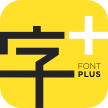








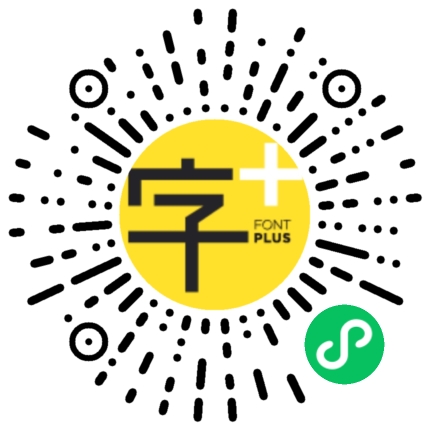



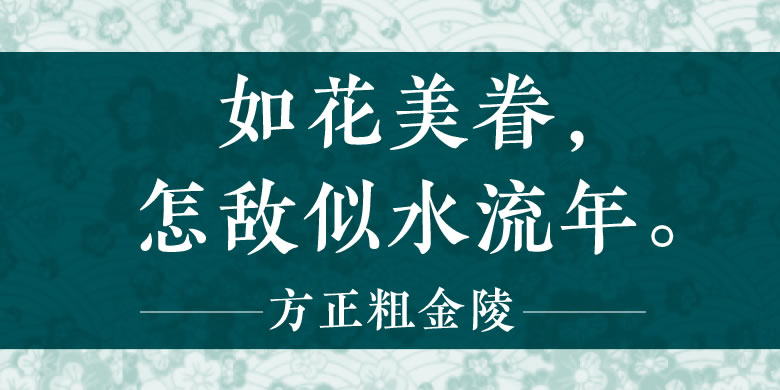

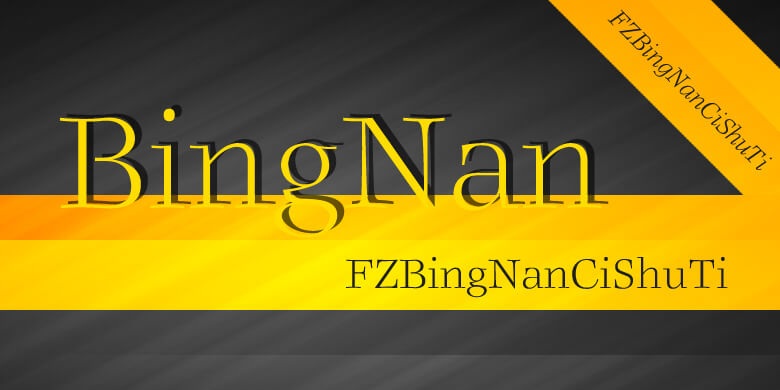
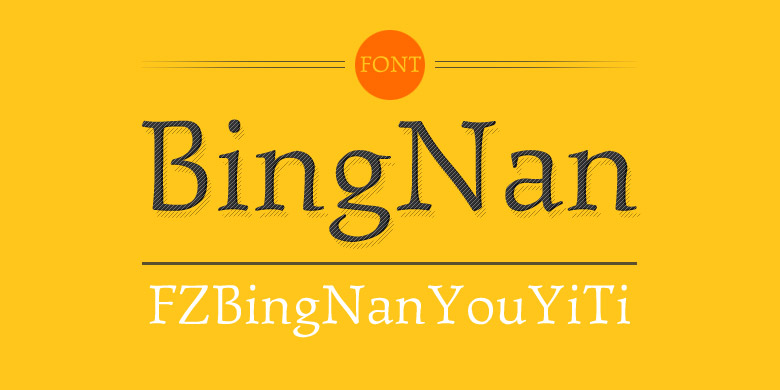
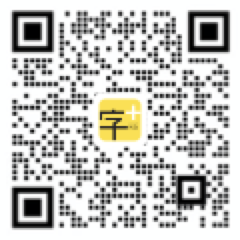


 商业发布授权
商业发布授权
 出版物授权:针对出版物
出版物授权:针对出版物
 嵌入式应用授权
嵌入式应用授权






